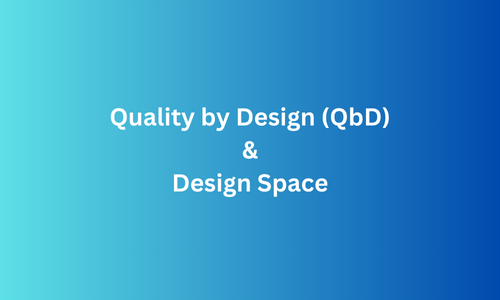Impact of pKa on Excipients Selection in Drug Formulation Development
The pKa of a drug substance plays a crucial role in excipient selection during formulation development. pKa is the measure of the acidity or basicity of a molecule, indicating the pH at which half of the drug exists in its ionized form. Since ionization affects solubility, stability, and permeability, understanding pKa helps formulators choose excipients…








